The sustainable design of spaces starts from the ground up. Permeable ground for drainage and natural irrigation of root-depth soil are hot topics in this area at the moment. Two projects in Belgium demonstrate what this looks like in practice.

Facts & Figures
Project 1: Landscaping, Maldegem, Belgium
Architecture Tuinaanneming Trenson, Adegem
Client Bistro't Moorken, Maldegem
Year of completion 2020
Products used Passaqua Doris
Building type Public
Published in architectum #33

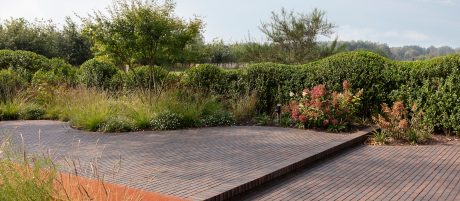
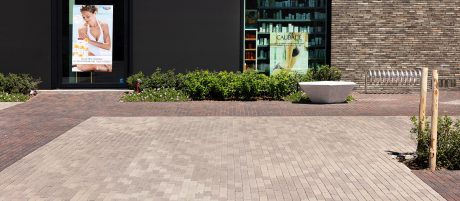
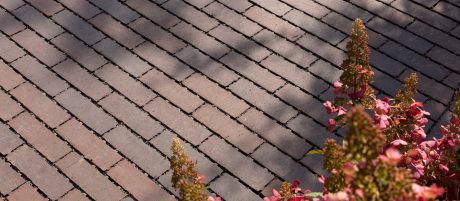

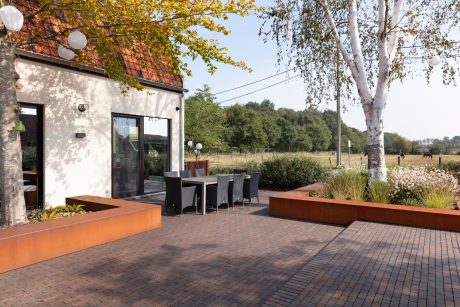
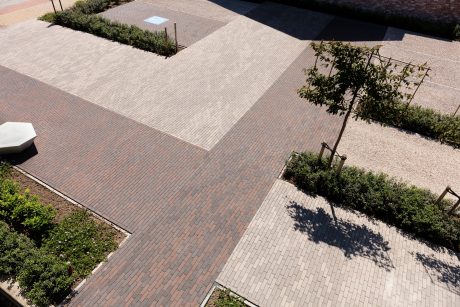
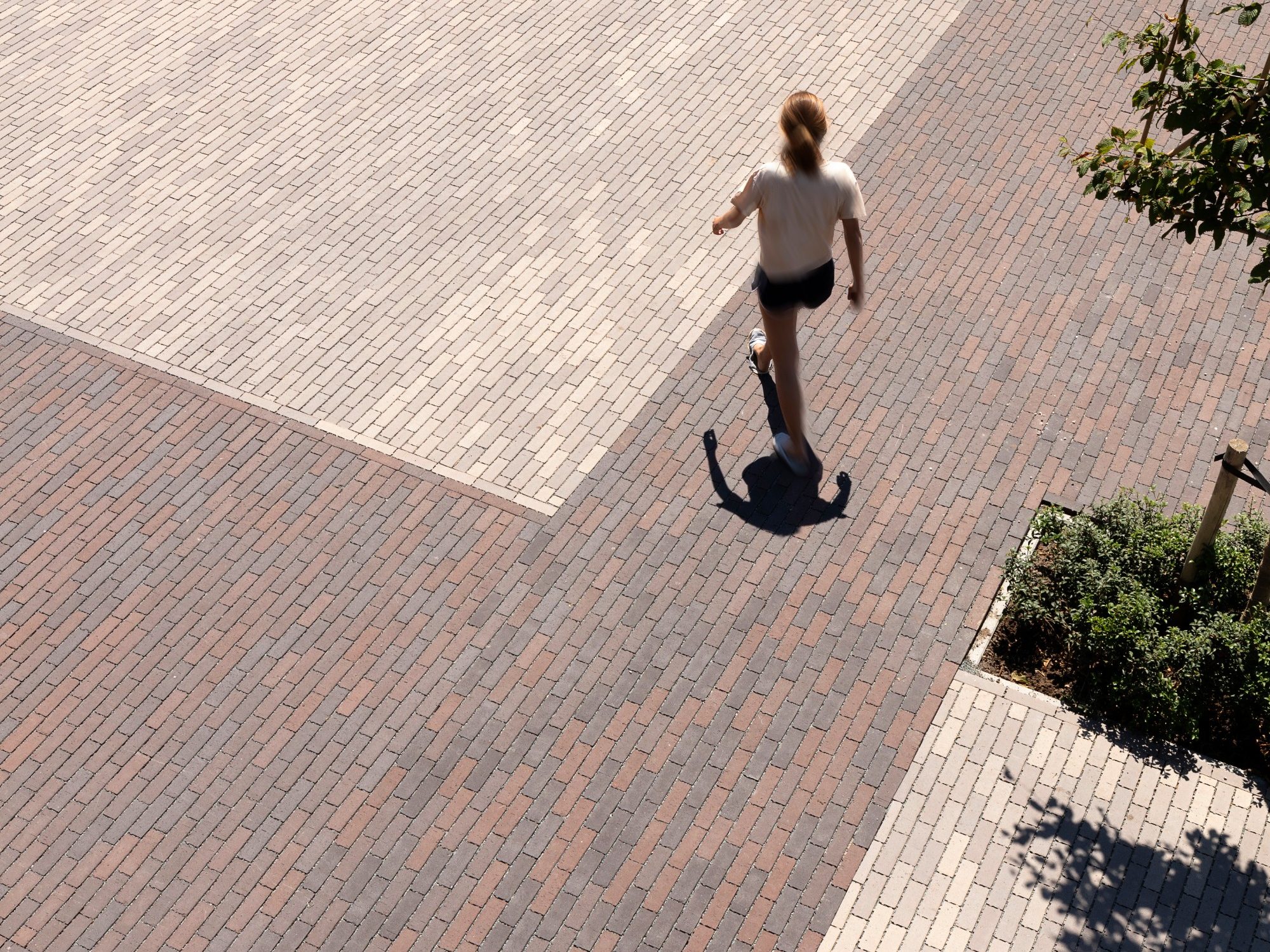
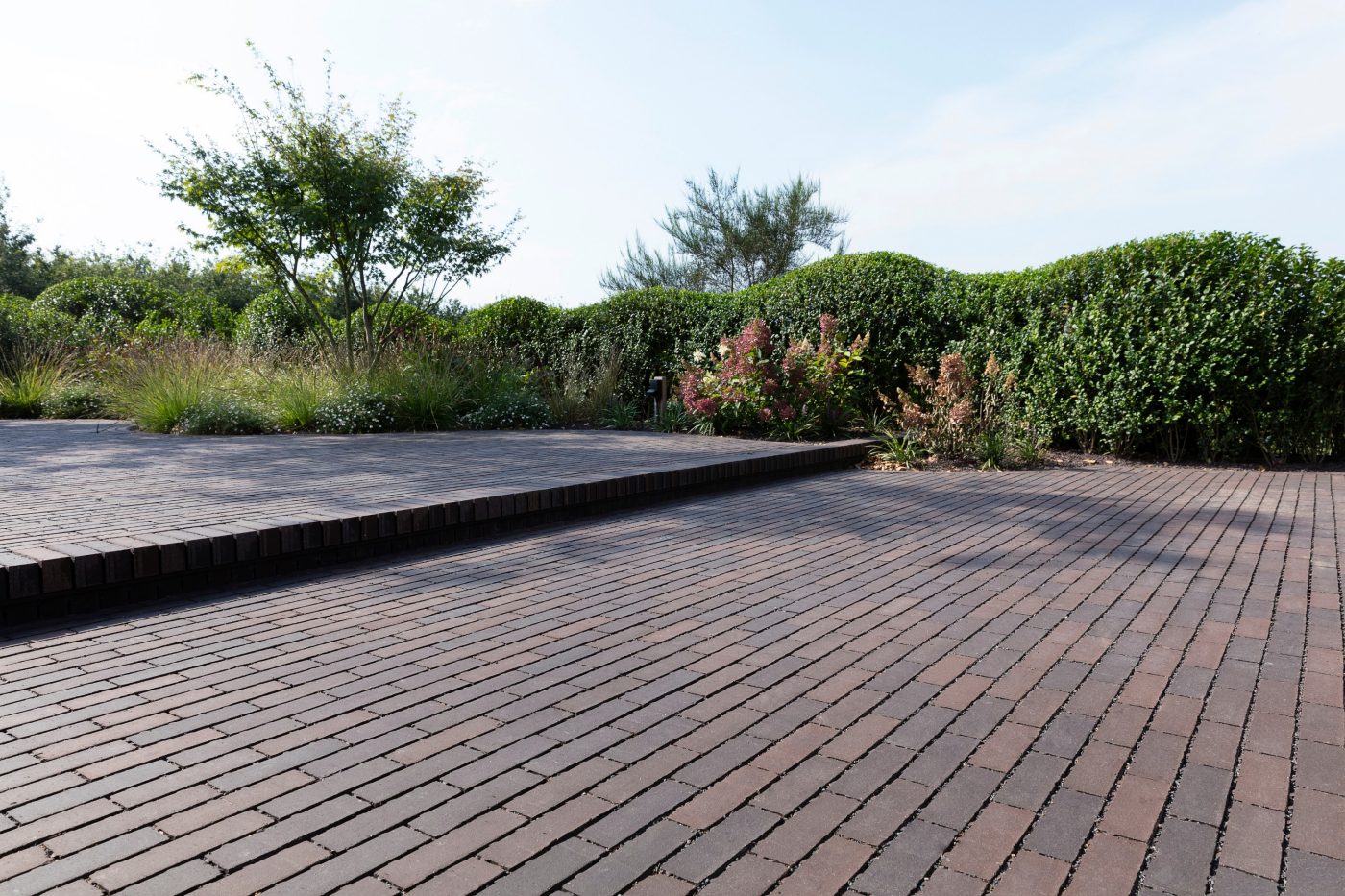
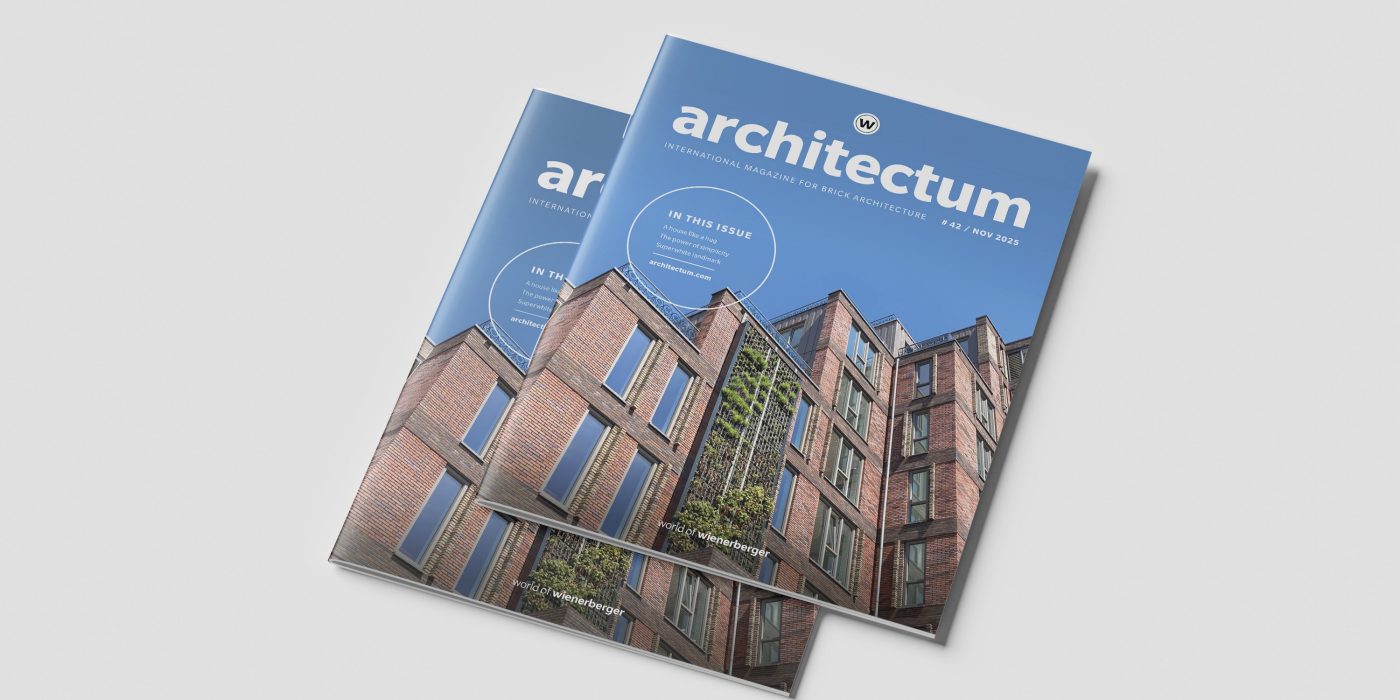

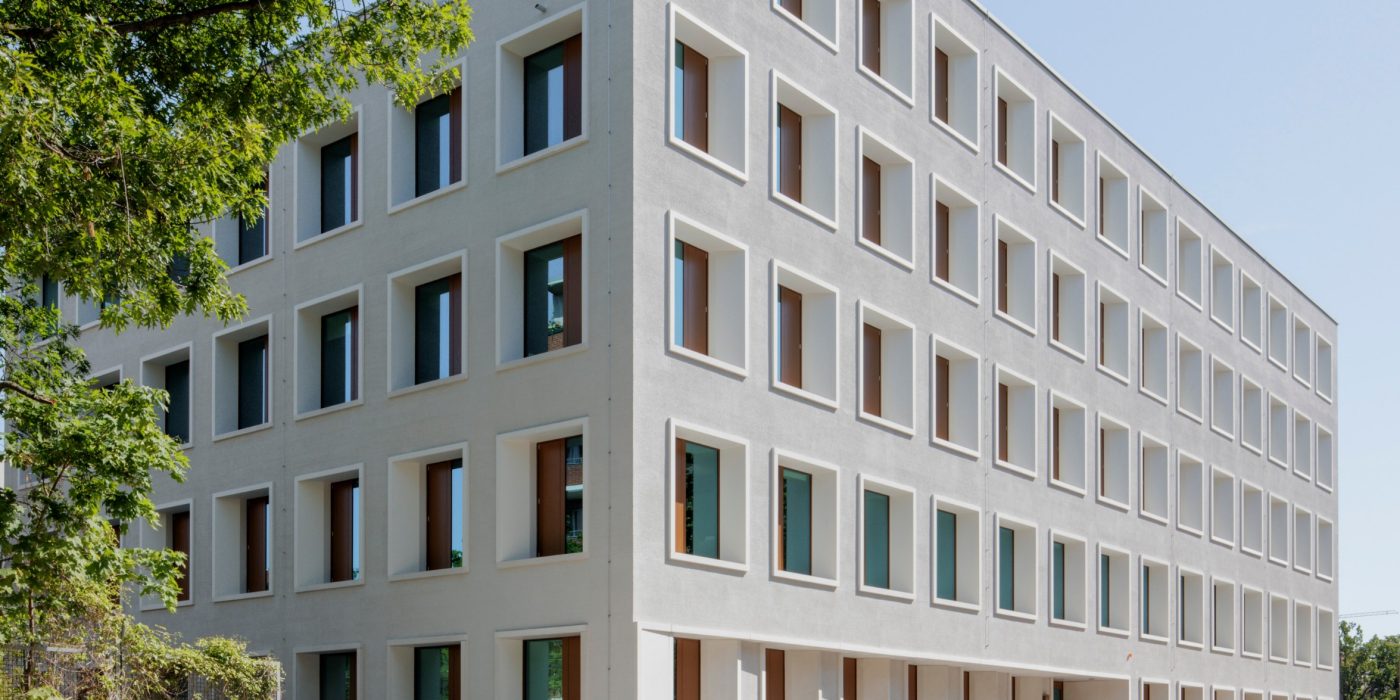

.jpg)
.jpg)